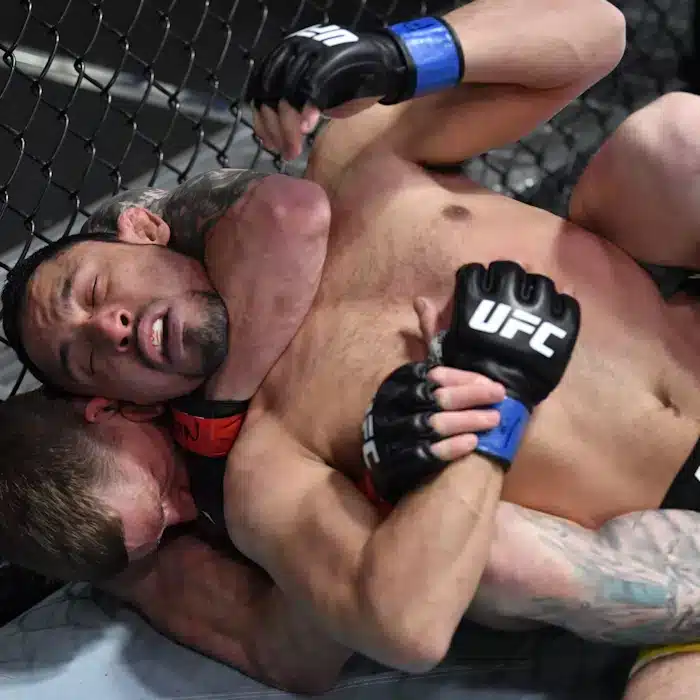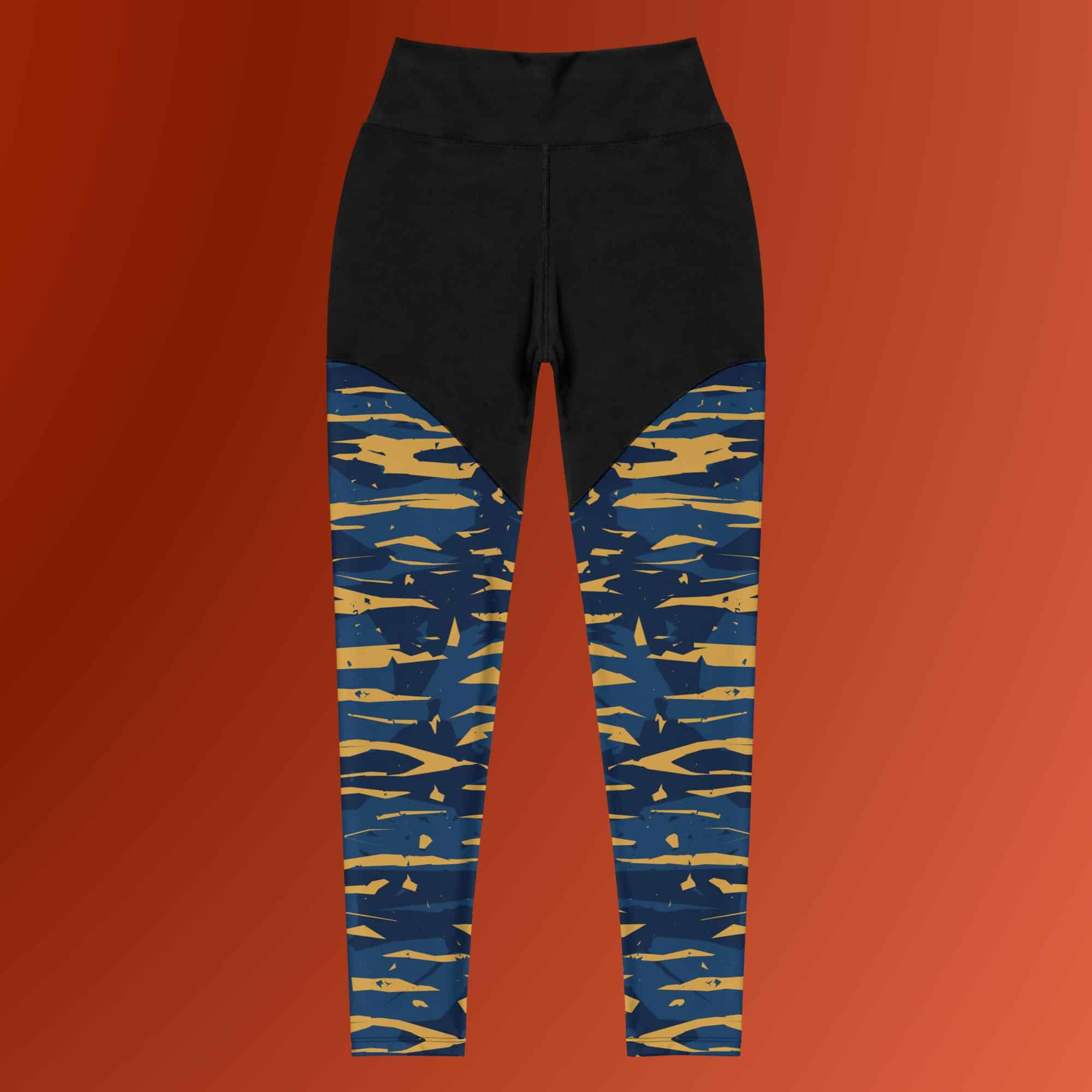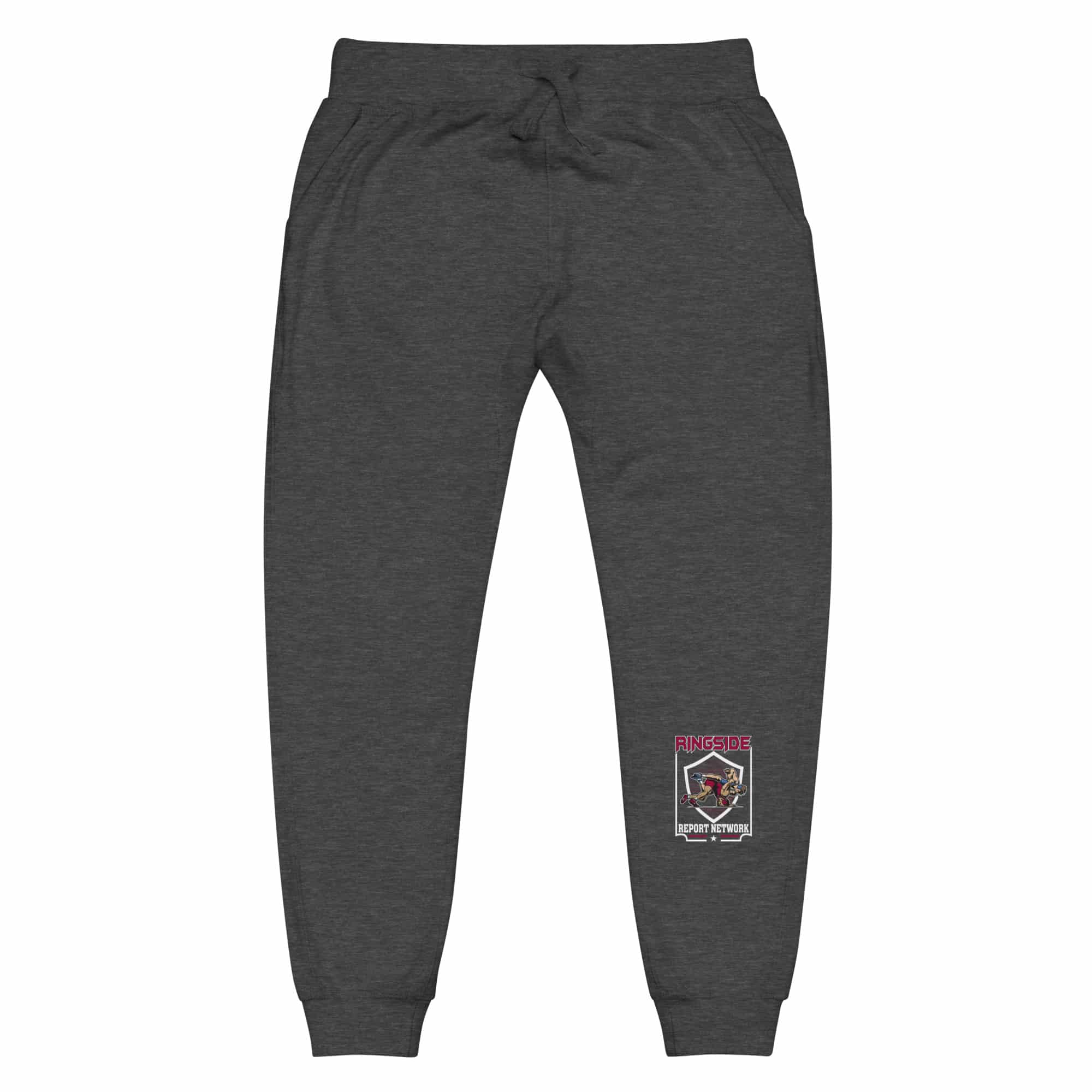We hope there will be a cross-over between our wrestling and MMA audience. To help you along the way, here is a primer for some of the terms you may have heard during Ringside Report MMA, especially our UFC Watch Alongs. We bring you a quick view of the Most Popular Submissions in MMA in 2023.
Ringside Report MMA broadcasts and specializes in creating content for both Pro Wrestling and MMA. We covered both the WWE and the UFC for many years before these two organizations joined the same corporate structure, now called TKO.
In this article, we explore what Are the Most Popular Submissions in MMA in 2023? Dive into a detailed breakdown of various submission techniques, including chokes, joint locks, and control positions, each explained with humour and engaging visuals. Whether you’re a pro wrestling fan crossing over to MMA or an MMA enthusiast looking to refresh your knowledge, this guide offers valuable insights into the art of submission in mixed martial arts.
Check out our related article on the Top 35 Most Famous Wrestling Moves for a primer on our coverage area and to compliment this roundup of the most popular submissions in MMA.
Chokes: Because sometimes, you need a good hug…around the neck
- Rear Naked Choke (RNC): The ultimate “hug of death” from behind. It’s like a surprise party, but you pass out.
- Guillotine Choke: When you want to give your opponent a close-up view of your armpit.

Joint Locks: Because joints are overrated anyway
- Armbar: The classic “I’ll take that arm home with me” move.
- Kimura: When you want to remind your opponent that shoulders aren’t meant to rotate that way.
Leg Locks: Because who needs to walk correctly anyway?
- Heel Hook: The quickest way to make someone rethink their shoe choices
- Kneebar: It’s like an armbar for those who prefer legs.
Control Positions: Because sometimes you want to cuddle… aggressively

- Full Guard: The MMA equivalent of “I’ve got you right where I want you… under me.”
- Top Guard: “I’m on top of the world!” Well, at least on top of your opponent.
Most Common and Most Popular Submissions in MMA/UFC History
The article from Groundedmma.com provides an in-depth look at the most common submissions in MMA, specifically within the UFC, based on data up to the end of 2022. It lists and explains the seven most common submissions, predominantly blood chokes, due to their quick effectiveness and the tactical advantage they offer. These submissions are:
- Rear-Naked Choke (RNC) – With 523 instances, it’s the most common due to its ease of execution and the control it offers without sacrificing position.
- Guillotine Choke – Counting 251 submissions, it’s versatile and can be applied from various positions, though its prevalence has decreased over time.
- Armbar – With 158 occurrences, it’s the most common joint lock submission, known for its difficulty to escape once applied.
- Arm Triangle Choke – This choke has 92 submissions and is favoured by wrestlers due to its application from dominant positions.
- Triangle Choke – With 84 submissions, it’s a versatile choke that can be applied from multiple positions, often used as a comeback technique.
- D’Arce Choke – This choke has 37 submissions and is particularly suited for fighters with long arms, often used from the top half guard.
- Anaconda Choke – The least common of the seven with 26 submissions, it’s a complex choke that’s hard to escape once applied.
The article concludes that blood chokes are the most commonly used submissions in MMA due to their speed and strategic benefits. They allow fighters to maintain or improve their position even if the submission attempt fails.
To gain even greater insight, follow the Ringside Report Universe during our UFC Pay Per View Watch Alongs or watch the replays.


























